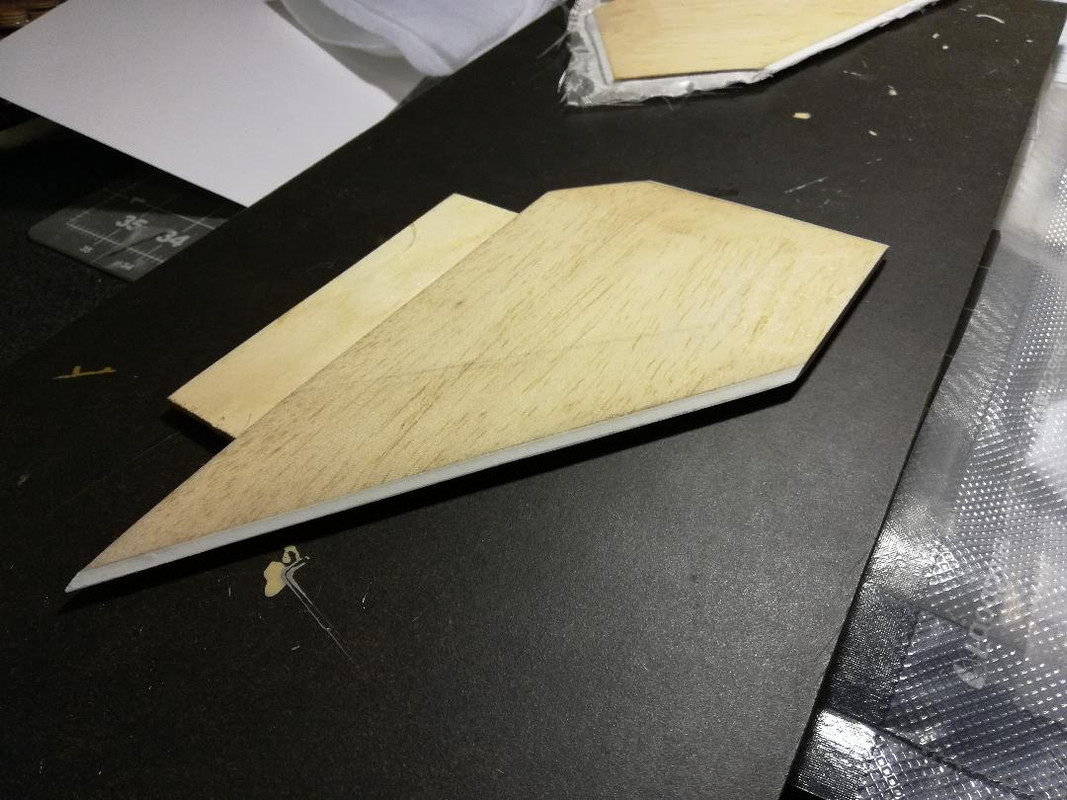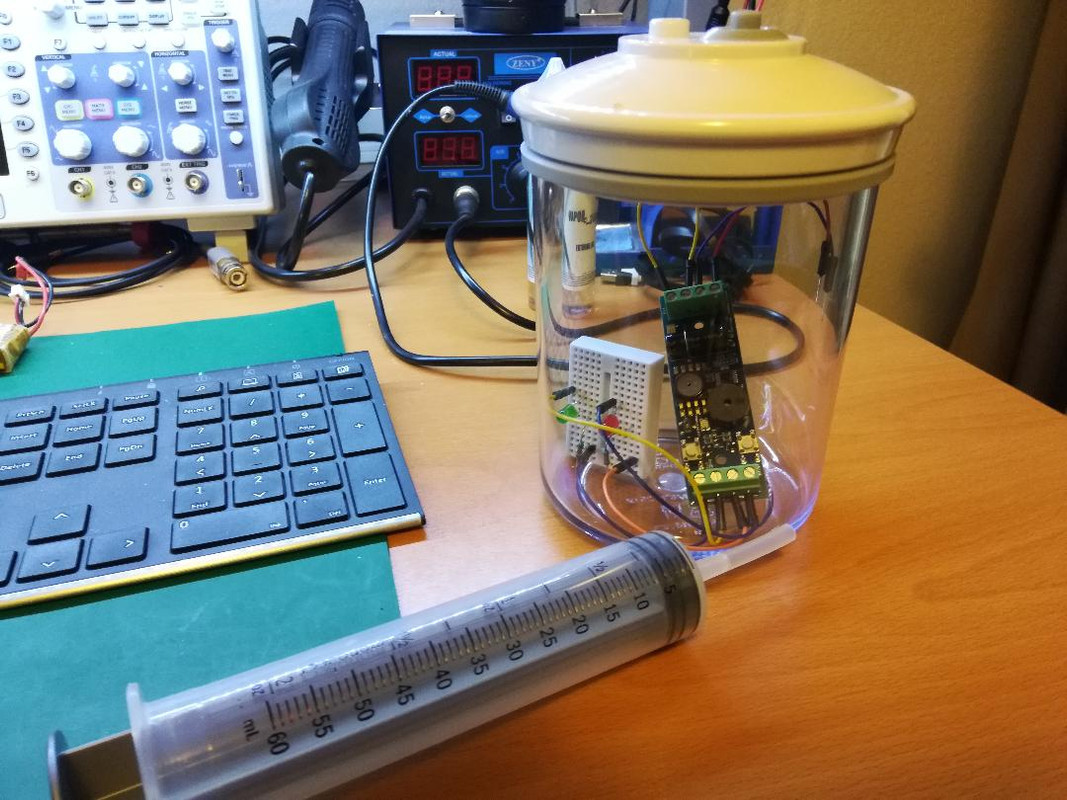Curtis Enlow
Well-Known Member
I am lucky to have composite super-shop within reasonable driving distance and yesterday went to pick up some supplies for bagging LOC IV fins (per John Coker's technique). They supply to maritime industry, kayak builders and home built experimental aircraft with everything from glass & resin to carbon/honeycomb & epoxy. (For anyone in NW/W Washington: https://shop.fiberglasssupply.com/)
I had a great conversation regarding the process with one of the older tech/service people there, and he suggested using a non-permeable film over the peel-ply and then the breather material. Having explained my application it was his position that using breather over the peel-ply would actually leave less-than-optimal ratio of matrix-to-glass, and that, if the lay-up was squeegeed of excess epoxy beforehand, this technique would A) leave the proper ratio of matrix to glass, and B) would also leave a finer finish, requiring less/no weave fill.
Has anyone tried this squence?
I had a great conversation regarding the process with one of the older tech/service people there, and he suggested using a non-permeable film over the peel-ply and then the breather material. Having explained my application it was his position that using breather over the peel-ply would actually leave less-than-optimal ratio of matrix-to-glass, and that, if the lay-up was squeegeed of excess epoxy beforehand, this technique would A) leave the proper ratio of matrix to glass, and B) would also leave a finer finish, requiring less/no weave fill.
Has anyone tried this squence?
Last edited:






